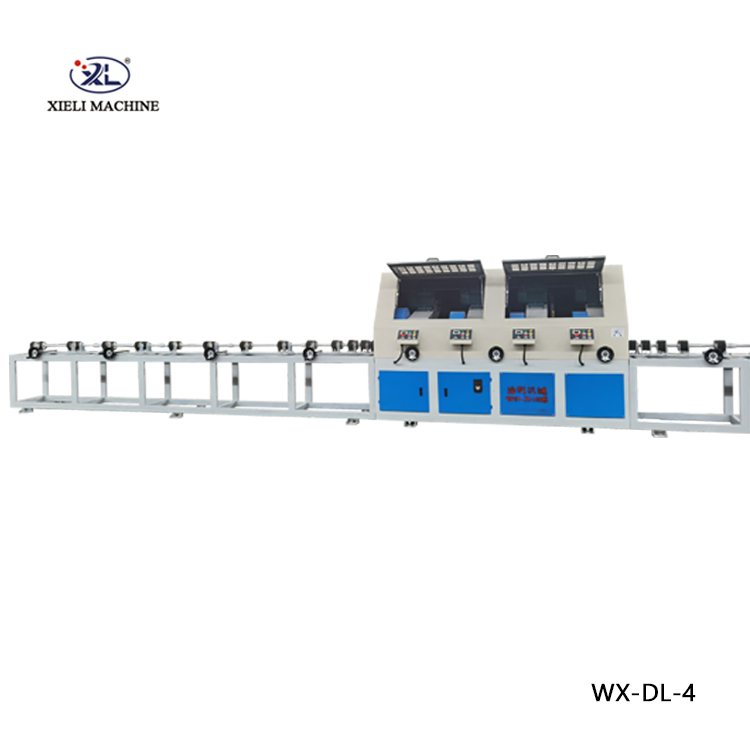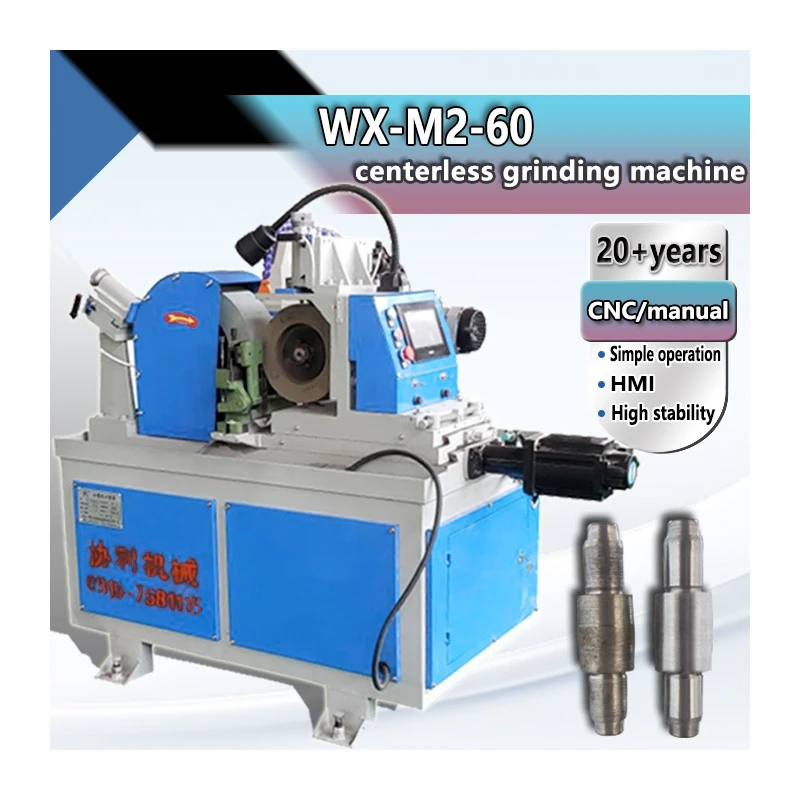Centerless grinding is a process that plays a significant role in manufacturing industries, providing high precision and high productivity for finishing a wide range of cylindrical parts and components. This grinding method involves using a set of rotating wheels to grind a workpiece without the need for centering or holding it in place, resulting in an efficient and precise grinding process. In this article, we will delve into the key aspects of centerless grinding, including how the process works, its advantages, various types, and common applications.
How Centerless Grinding Works
In centerless grinding, the workpiece is supported by a blade or work-rest, positioned between a grinding wheel and a regulating wheel. The grinding wheel is a large abrasive wheel that removes material from the surface of the workpiece, while the regulating wheel controls the speed and feed rate of the workpiece. The process can be classified into two main types: through-feed and in-feed centerless grinding.
Through-feed centerless grinding is the most common type, in which the workpiece is fed through the grinding wheels in a straight line. This method is suitable for long cylindrical parts such as tubes and shafts. The regulating wheel and the grinding wheel maintain a consistent gap, allowing the workpiece to pass through and be ground along its entire length.
In-feed centerless grinding is used for parts that require grinding only a specific section. The workpiece is placed on the work-rest blade, and the grinding wheel grinds a portion of the workpiece. This method is suitable for grinding parts with complex shapes or profiles, such as tapered or stepped parts.
Advantages of Centerless Grinding
High precision: Centerless grinding offers exceptional precision and accuracy due to the uniform contact between the workpiece and the grinding wheel.
2. High productivity: The process is capable of grinding large quantities of workpieces quickly, making it an efficient choice for mass production.
3. Flexibility: The process can handle a wide variety of workpiece shapes and sizes, including long or short parts, small or large diameters, and different materials.
4. Consistency: The use of rotating wheels ensures consistent results and uniform quality across all parts.
5. Reduced setup time: Centerless grinding eliminates the need for centering or holding devices, saving time in setup and adjustment.
Common Applications
Centerless grinding is used in various industries, including automotive, aerospace, medical, and energy. Some common applications include:
1. Shaft grinding: Centerless grinding is commonly used to finish shafts and other cylindrical components to achieve tight tolerances and smooth surfaces.
2. Bearing grinding: The process is often used to grind bearing components, such as races and rollers, for precise fit and performance.
3. Tubing and bar grinding: Centerless grinding is ideal for finishing tubes and bars, providing straightness and uniform diameter.
4. Needle and pin grinding: In the medical industry, centerless grinding is used to manufacture precise and smooth needles and pins.
5. Gage and gear grinding: The process is suitable for grinding intricate parts such as gages and gears, ensuring high precision and performance.
Conclusion
Centerless grinding is a versatile and efficient process that offers numerous advantages for finishing cylindrical parts and components. By utilizing rotating wheels and eliminating the need for centering or holding devices, the process can deliver high precision, consistency, and productivity. With its flexibility and ability to handle various shapes and sizes, centerless grinding is a valuable technique for manufacturers in different industries. Understanding the process and its applications can help businesses optimize their operations and achieve superior quality in their products.





